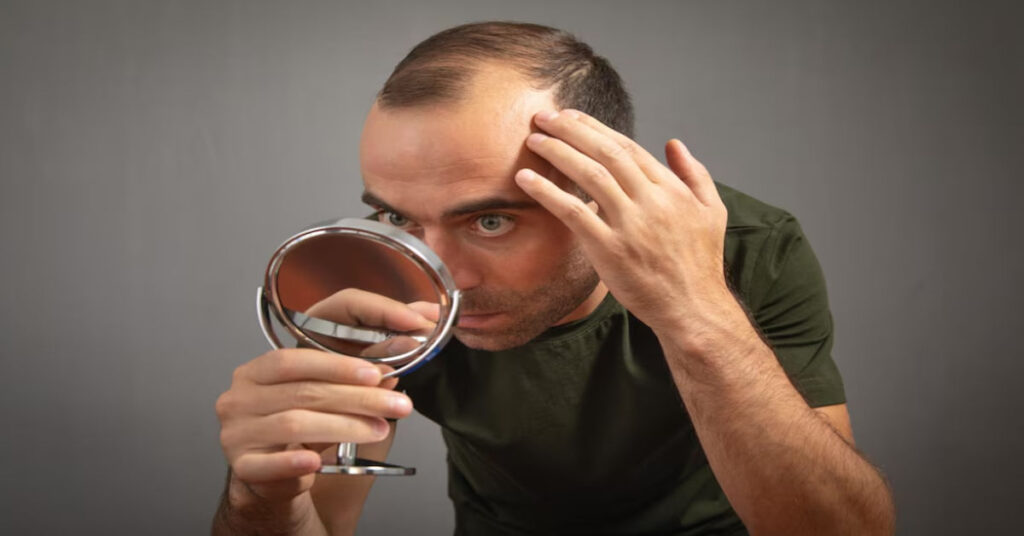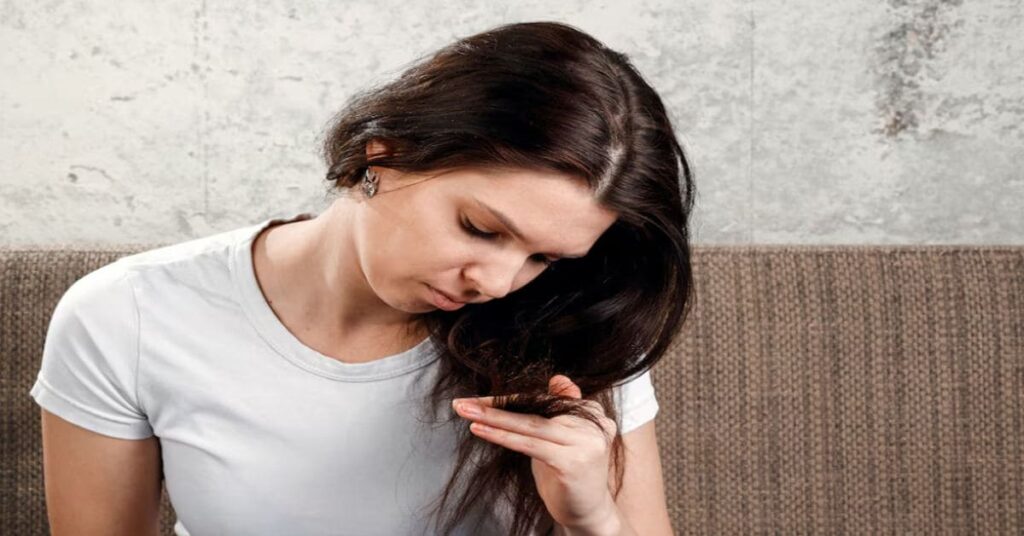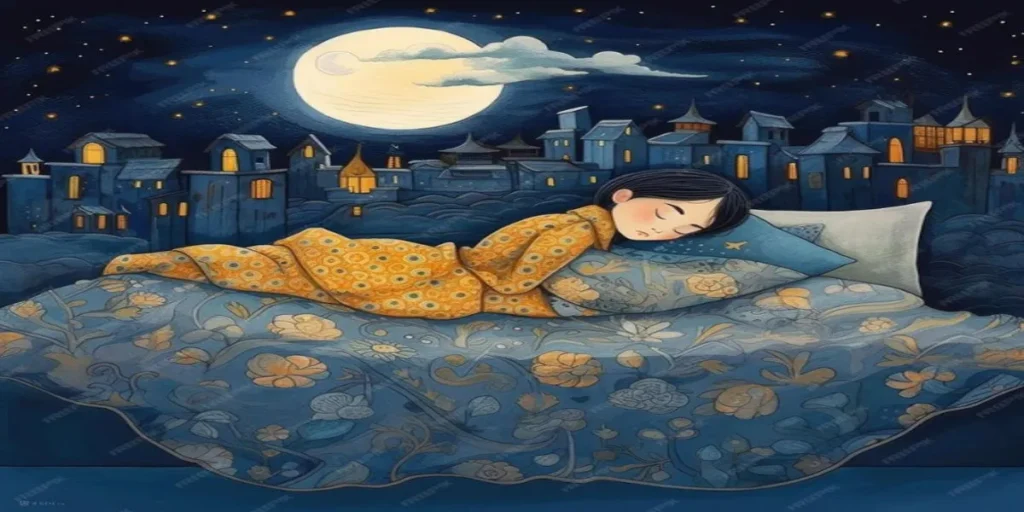Yes, it’s relatively common for both men and women to experience some degree of hair loss by the age of 25. Hair loss can be influenced by various factors, including genetics, hormonal changes, stress, diet, medical conditions, and hair care practices.
Male Pattern Baldness

Male pattern baldness, also known as androgenetic alopecia, is the most common cause of hair loss in men. It typically follows a predictable pattern of hair loss, which often begins with thinning at the temples and crown of the head.
Onset of Male Pattern Baldness
Male pattern baldness can start as early as in the late teens or early 20s for some men. While it may begin with subtle thinning, it can progress over time, leading to more noticeable hair loss.
Prevalence
By the age of 35, approximately two-thirds of men experience some degree of hair loss due to male pattern baldness. This means that a significant portion of the male population is affected by this condition relatively early in life.
Progression
As men age, the progression of male pattern baldness becomes more evident. By age 50, it’s estimated that approximately 85% of men have significantly thinning hair or balding patches. The extent of hair loss can vary among individuals, with some experiencing more pronounced balding than others.
Causes
Male pattern baldness is primarily influenced by genetics and hormonal factors. It is often inherited from family members, particularly from the maternal side. Hormones, specifically dihydrotestosterone (DHT), play a crucial role in the miniaturization of hair follicles, leading to their gradual shrinking and eventual cessation of hair production.
Treatment Options
While male pattern baldness is generally not reversible, there are treatments available to slow down its progression or improve the appearance of thinning hair. These may include medications such as finasteride and minoxidil, as well as surgical options like hair transplantation.
Consultation
If you’re concerned about hair loss, it’s advisable to consult with a healthcare professional or a dermatologist. They can provide an accurate diagnosis, assess the extent of hair loss, and recommend appropriate treatment options based on individual circumstances.
Female Pattern Hair Loss

Female pattern hair loss (FPHL), also known as androgenetic alopecia in women, is a common condition characterized by the gradual thinning of the hair on the scalp. While it’s less common than in men, it can still affect a significant portion of the female population.
Presentation
Unlike male pattern baldness, female pattern hair loss typically presents as overall thinning of the hair rather than distinct bald patches. Women may notice a widening part or a reduction in the volume of their hair over time. Hair thinning is often more diffuse and spreads out across the scalp.
Onset
Female pattern hair loss can start around menopause due to hormonal changes, particularly fluctuations in estrogen and androgen levels. However, it may also occur earlier in some women, even in their 20s or 30s.
Causes
The exact cause of female pattern hair loss is not fully understood, but it is believed to be influenced by a combination of genetic predisposition and hormonal factors. Like in men, hormones such as androgens, particularly dihydrotestosterone (DHT), play a role in the miniaturization of hair follicles and eventual hair loss.
Other Contributing Factors
In addition to genetics and hormonal changes, other factors such as stress, certain medical conditions (e.g., thyroid disorders), medications, and hairstyling practices may contribute to or exacerbate hair thinning in women.
Treatment Options
Treatment options for female pattern hair loss aim to slow down the progression of hair thinning and improve the overall health and appearance of the hair. These may include topical medications like minoxidil, hormonal therapies, dietary supplements, low-level laser therapy, and platelet-rich plasma (PRP) therapy.
Consultation
If experiencing hair thinning or hair loss, it’s advisable for women to seek guidance from a healthcare professional or a dermatologist specializing in hair disorders. They can conduct a thorough evaluation, determine the underlying cause of the hair loss, and recommend appropriate treatment options tailored to individual needs.
Conclusion
Both men and women can experience hair loss, albeit with differing patterns and frequencies. Male pattern baldness typically manifests as receding hairlines and bald spots, often starting in the late teens or early 20s and becoming more pronounced with age. On the other hand, female pattern hair loss tends to present as overall thinning of the hair, with onset commonly occurring around menopause but sometimes earlier.


